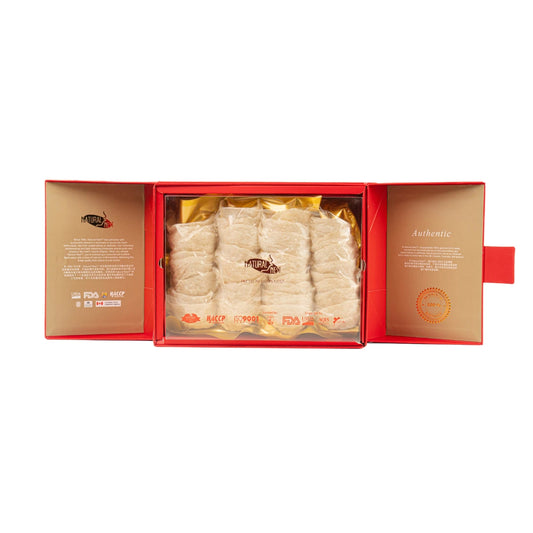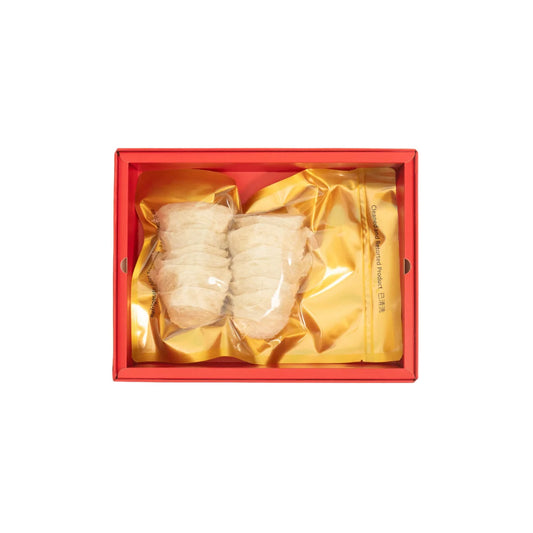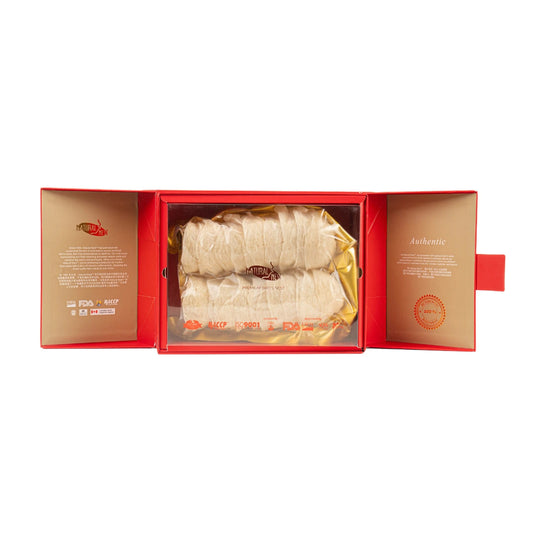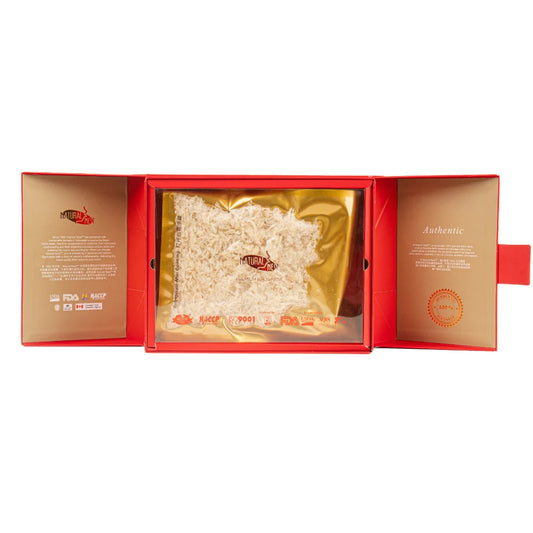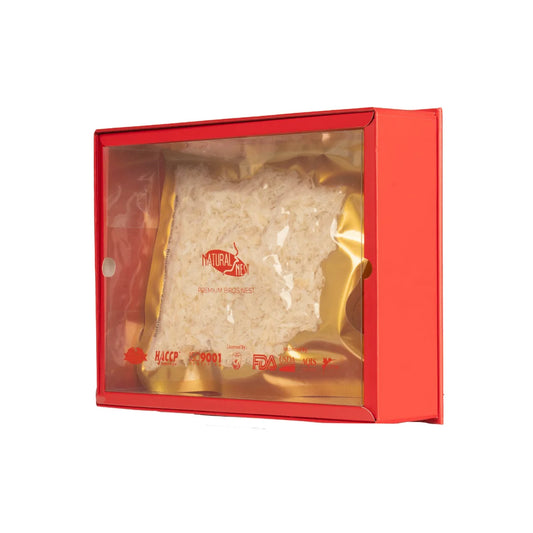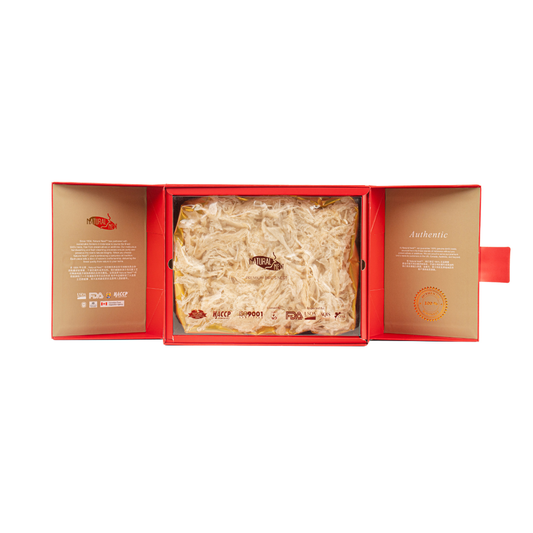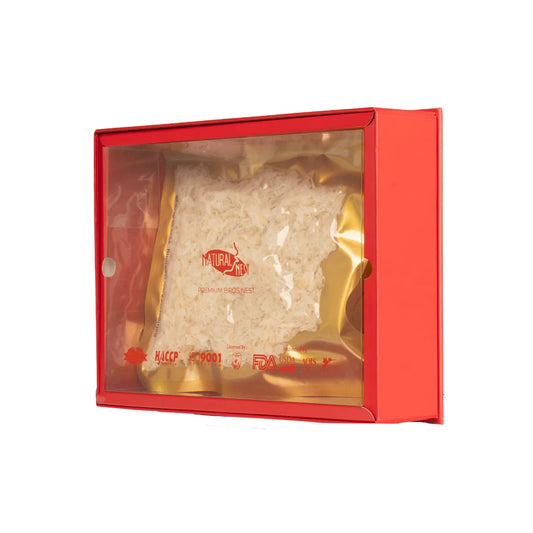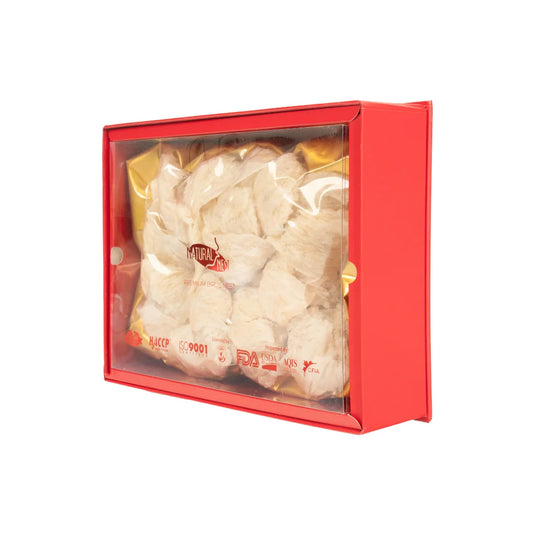The journey of edible bird’s nests—from cave to kitchen—is a fascinating story of nature, tradition, and science. These nests are created by swiftlets, a type of bird that builds its nest using strands of hardened saliva. Found mainly in Southeast Asia, these nests are harvested sustainably either from natural caves or specially built bird houses, then cleaned and processed with care.
Once harvested, bird’s nests undergo an intricate cleaning process, often by hand, to remove feathers and impurities. The best-quality nests are cleaned without using harsh chemicals or bleaching agents, preserving their natural shape and nutrition. After cleaning, they’re dried and packaged, ready to be soaked, simmered, and served.
But the value of edible bird’s nest goes far beyond its rarity. Scientifically, it’s rich in glycoproteins, sialic acid, amino acids, and minerals—all known to support cell regeneration, boost the immune system, and improve skin health. It’s been prized for centuries as a restorative delicacy, especially for women during pregnancy or postpartum recovery, and for older adults seeking improved vitality.
Today, bird’s nests are consumed in many forms: traditional soups, instant drinks, powders, and even skincare. This evolution has made the product more accessible, while preserving the cultural reverence that surrounds it.
Ethical sourcing is also crucial. Responsible companies like Natural Nest ensure that nests are harvested only after eggs have hatched and young birds have left. This sustainable approach supports swiftlet populations and protects the delicate ecosystem they inhabit.
In every spoonful of bird’s nest soup lies a remarkable journey—one of natural creation, meticulous craftsmanship, and nutritional potency. It’s more than a luxury food; it’s a symbol of nourishment passed down through generations, now reimagined for modern wellness.

